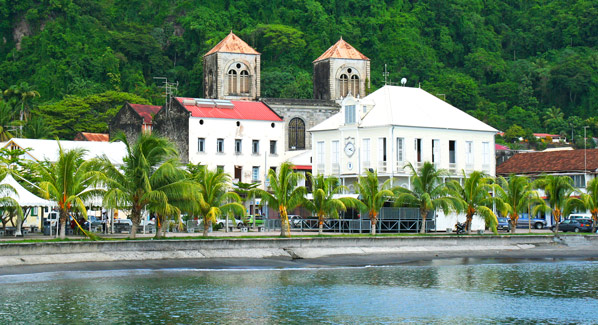Illuminating Gauguin's 'Decisive Experience' in Martinique
AMSTERDAM — In the spring of 1887, the painter Paul Gauguin wrote a letter to his wife, Mette-Sophie, who was living in Denmark with four of their children, to ask her to come pick up their fifth child, Clovis, from Paris, because Gauguin wanted to leave the stifling city and find a “free and fertile” island.
“I will take my paint and my brushes,” he wrote, and “live like a native.”
In April of that year, he and his friend and fellow painter Charles Laval left Paris to go to Panama, but found it inhospitable, then detoured to the Caribbean island of Martinique, a French colony at the time. They spent the next four months together living in a hut on a sugar plantation there, near the Bay of St.-Pierre, painting images of the tropical landscape; mango, papaya and palm trees; and the local women.
That brief period of Gauguin’s career has mostly been forgotten, in part because that first tropical sojourn has been overshadowed by the decade that Gauguin spent on the French Polynesian island of Tahiti, where he created some of his most famous paintings.
But a new exhibition at the Van Gogh Museum in Amsterdam, “Gauguin & Laval in Martinique,” which opened on Friday and runs through Jan. 13, seeks to illuminate that short but transformative moment by bringing together most of the works the two painters created during that time.'>>>
https://www.nytimes.com/2018/10/08/arts/gauguin-martinique-van-gogh-museum.html?

